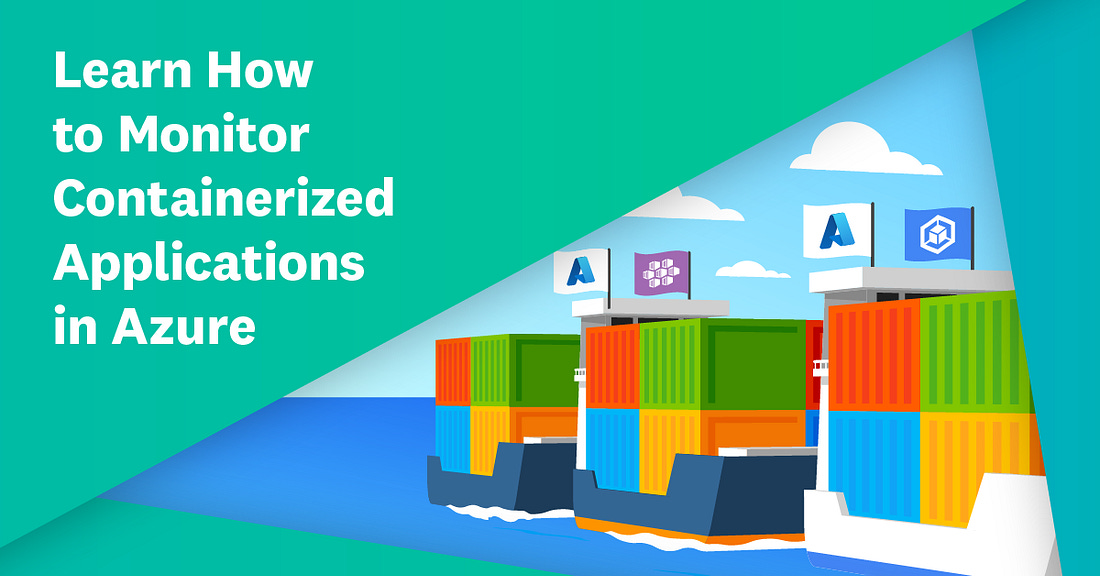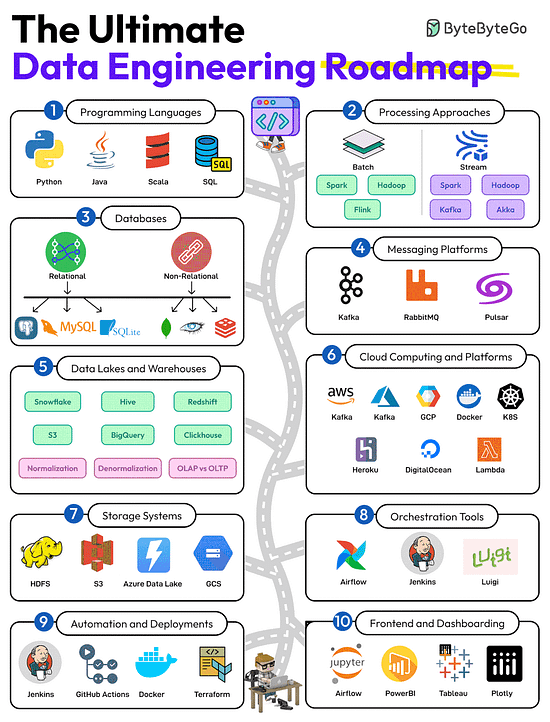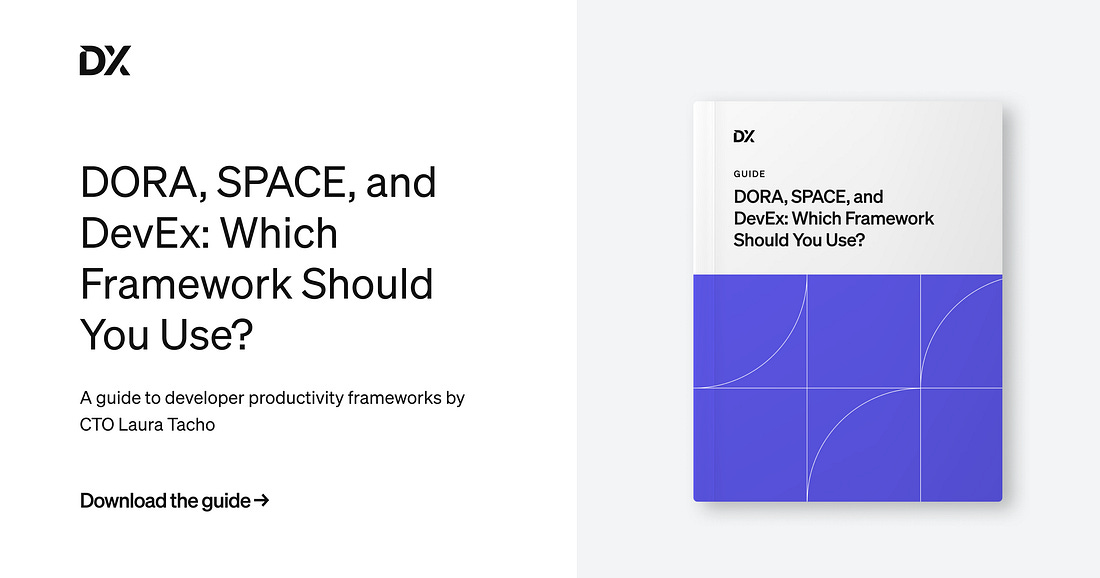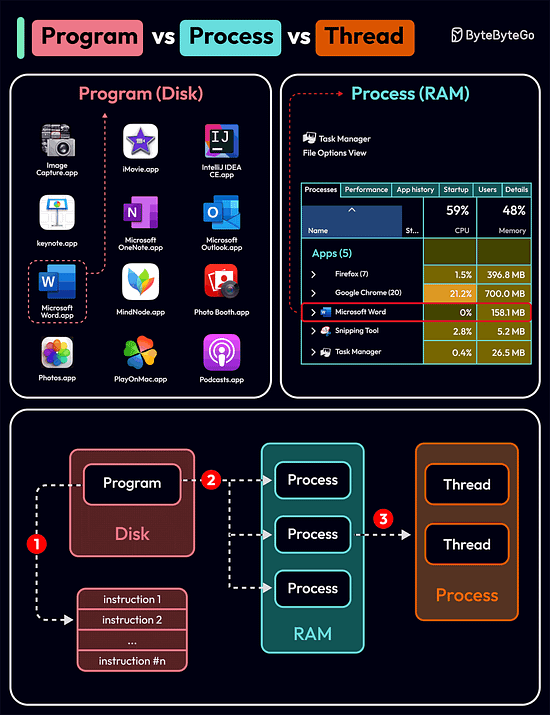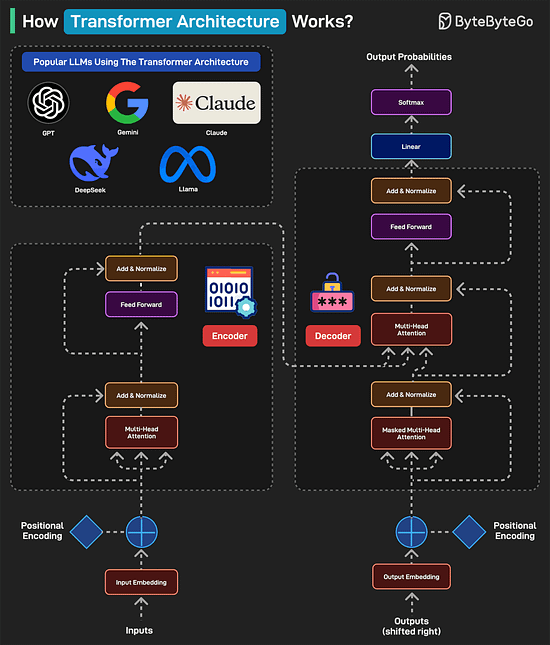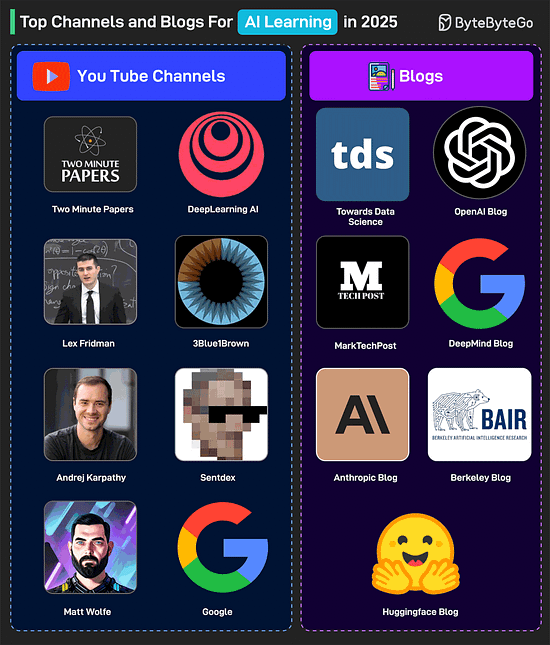- Mailing Lists
- in
- EP159: The Data Engineering Roadmap
Archives
- By thread 5322
-
By date
- June 2021 10
- July 2021 6
- August 2021 20
- September 2021 21
- October 2021 48
- November 2021 40
- December 2021 23
- January 2022 46
- February 2022 80
- March 2022 109
- April 2022 100
- May 2022 97
- June 2022 105
- July 2022 82
- August 2022 95
- September 2022 103
- October 2022 117
- November 2022 115
- December 2022 102
- January 2023 88
- February 2023 90
- March 2023 116
- April 2023 97
- May 2023 159
- June 2023 145
- July 2023 120
- August 2023 90
- September 2023 102
- October 2023 106
- November 2023 100
- December 2023 74
- January 2024 75
- February 2024 75
- March 2024 78
- April 2024 74
- May 2024 108
- June 2024 98
- July 2024 116
- August 2024 134
- September 2024 130
- October 2024 141
- November 2024 171
- December 2024 115
- January 2025 216
- February 2025 140
- March 2025 220
- April 2025 233
- May 2025 239
- June 2025 303
- July 2025 134
EP159: The Data Engineering Roadmap
EP159: The Data Engineering Roadmap
How to monitor containerized applications in Azure (Sponsored)In this eBook, you’ll learn how to deploy and monitor containerized applications using Azure and Datadog. Start monitoring AKS cluster status, AKS control plane, and understand critical AKS resource metrics. Plus, get best practices on collecting and tracking observability data across your container environment, and be alerted to performance issues and potential threats automatically. This week’s system design refresher:
The Data Engineering RoadmapData engineering has become the backbone of effective data analysis. It involves managing, processing, and optimizing data to derive actionable insights. Here’s a roadmap that can help you get better at data engineering:
Over to you: What else will you add to the Data Engineering Roadmap? DORA, SPACE, and DevEx: Which framework should you use? (Sponsored)DORA, SPACE, DevEx, and the more recent DX Core 4 framework, all help leaders define and measure developer productivity. But each framework comes with tradeoffs, so which one should you use? Read this guide from DX CTO Laura Tacho to understand the differences between the frameworks, which ones work best for different teams, and how to implement them. Read this guide for insight into:
Popular interview question: What is the difference between Process and Thread?To better understand this question, let’s first take a look at what is a Program. A Program is an executable file containing a set of instructions and passively stored on disk. One program can have multiple processes. For example, the Chrome browser creates a different process for every single tab. A Process means a program is in execution. When a program is loaded into the memory and becomes active, the program becomes a process. The process requires some essential resources such as registers, program counter, and stack. A Thread is the smallest unit of execution within a process. The following process explains the relationship between program, process, and thread.
Main differences between process and thread:
Over to you:
What do version numbers mean?Semantic Versioning (SemVer) is a versioning scheme for software that aims to convey meaning about the underlying changes in a release.
Everyone talks about Transformers. How Transformers Architecture Works?Transformers Architecture has become the foundation of some of the most popular LLMs including GPT, Gemini, Claude, DeepSeek, and Llama. Here’s how it works:
Over to you: What else will you add to understand the Transformer Architecture? Top YouTube Channels and Blogs for AI Learning in 2025Some great YouTube Channels are:
Also, here are some great blogs focusing on AI:
Over to you: Which other channel and blog will you add to the list? SPONSOR USGet your product in front of more than 1,000,000 tech professionals. Our newsletter puts your products and services directly in front of an audience that matters - hundreds of thousands of engineering leaders and senior engineers - who have influence over significant tech decisions and big purchases. Space Fills Up Fast - Reserve Today Ad spots typically sell out about 4 weeks in advance. To ensure your ad reaches this influential audience, reserve your space now by emailing sponsorship@bytebytego.com. © 2025 ByteByteGo |
by "ByteByteGo" <bytebytego@substack.com> - 11:35 - 19 Apr 2025
